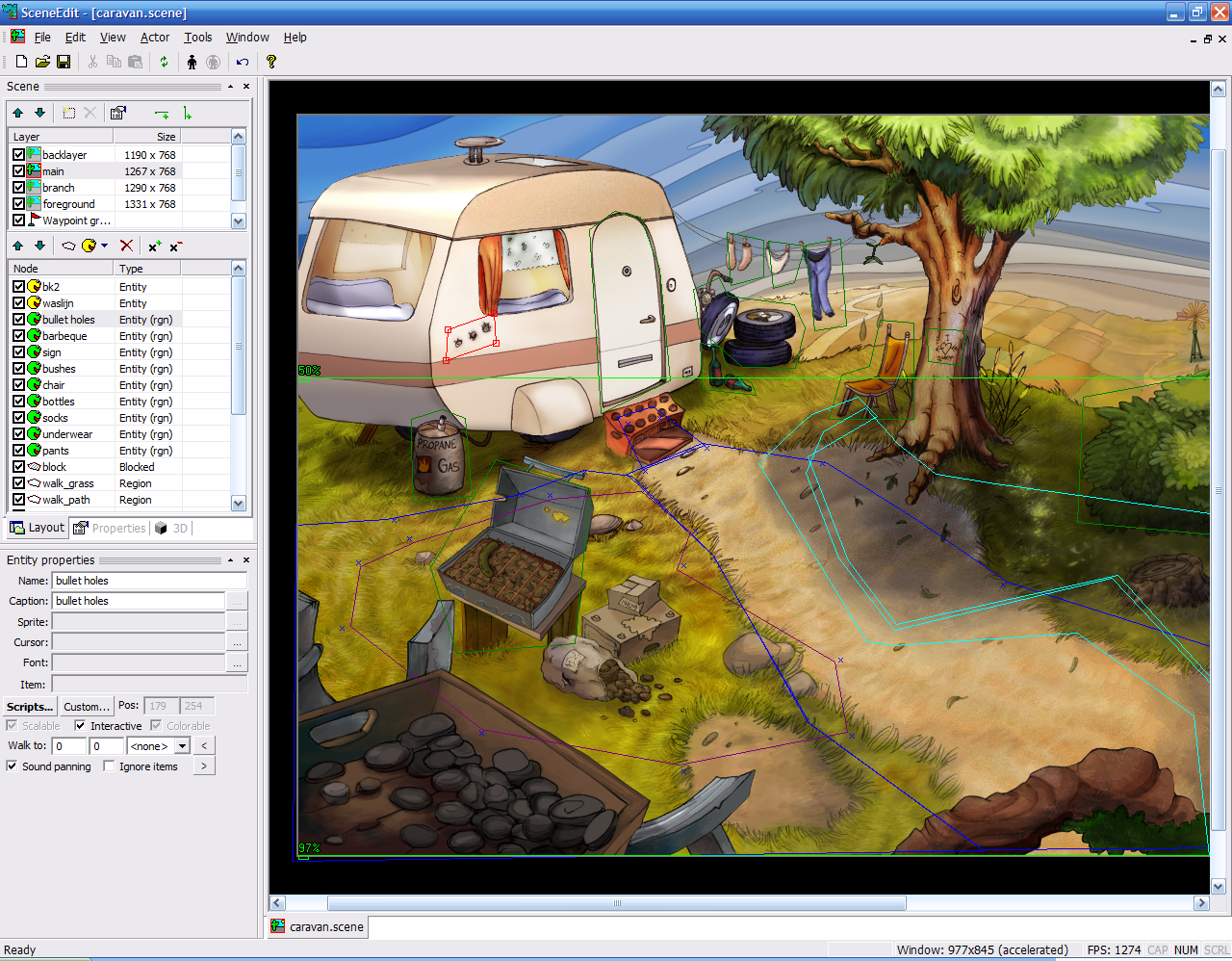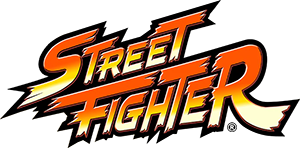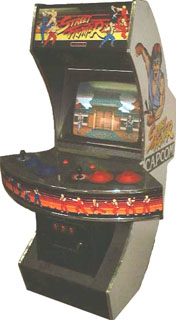Thursday, March 7, 2013
Nexuiz Music tracks
I decided to compose a piece of music to flow with the game. I used Logic and Native Instruments Komplete 8 to compose the title music and level music. Below is the title or menu music uploaded to google drive.
My goal was to create something that seemed dark and sinister and give you a feeling of upcoming combat. In creating it I thought adding the orchestra strings would also give it a rich harmonic feel as well.
https://docs.google.com/file/d/0ByQIVLdBiw6GdGxGTGl5R3VndXc/edit?usp=sharing
My goal was to create something that seemed dark and sinister and give you a feeling of upcoming combat. In creating it I thought adding the orchestra strings would also give it a rich harmonic feel as well.
https://docs.google.com/file/d/0ByQIVLdBiw6GdGxGTGl5R3VndXc/edit?usp=sharing
Wednesday, February 27, 2013
Sound Bits from Final Project
https://docs.google.com/folder/d/0ByQIVLdBiw6GUWV1TzVrR2IyQlE/edit?usp=sharing
Information on all files are listed below. Note: Files have been converted to wav due to google drive not reading ogg files. However files for final project will be in file format as listed below.
Thursday, February 21, 2013
Mortal Kombat 9 Cutscenes

Mortal Kombat 9 Story Mode: All Cutscenes
Mortal Kombat 9 is a 2.5D fighting game with 3D graphics and the ninth main installment in the Mortal Kombat series. It was developed by NetherRealm Studios (formerly known as Midway Studios) and published exclusively under the Warner Bros. Interactive Entertainment label in 2011. The game was released for the PlayStation 3 and Xbox 360 systems on April 19 in North America and on April 21 in Europe. A 2012 PlayStation Vita port was released on May 1 in North America and on May 4 in Europe.
What are Cutscenes?
A cutscene or event scene (sometimes in-game cinematic or in-game movie) is a sequence in a video game over which the player has no or only limited control, breaking up the gameplay and used to advance the plot, strengthen the main character's development, introduce enemy characters, and provide background information, atmosphere, dialogue, and clues. Cutscenes often feature on the fly rendering, using the gameplay graphics to create scripted events. Cutscenes can also be animated, live action, or pre-rendered computer graphics streamed from a video file. Pre-made videos used in video games (either during cutscenes or during the gameplay itself) are referred to as "full motion videos" or "FMVs".
+images.jpg)
Sound Analysis
In Mortal Kombat 9 the Voice actors where used to portray the characters in the game. This done to give a real movie dialog feel to the cutscenes. Here is a list of the actors involved http://www.imdb.com/title/tt1386939/
The footsteps, fire and action shot or fight scenes are very cinematic and puts you in the scene itself. Dan Forden, lead sound designer, said the intent was to create a "cinematic game audio experience". According to Dave Pindara, one of lead artists for Mortal Kombat, environments were developed to create active objects and effects such as "scripted cinema events", "dynamic lighting effects" and "characters and objects that animated and reacted to the fights." Sound effect design included use and enhancement of the "bone-crunching audio design" of previous titles and, while the "dynamic experience" was vital, small details such as the "rustling of fighter's clothes" and background sounds were also included. The game's developers stated that the characters have been designed with the intent to make each character unique - each having their own individual stances, victory poses and Fatalities with no shared animations. This is important in creating sounds for each characters actions and moves.


Thursday, February 14, 2013
Post 1990 Game Sound
How has Game Sound as evolved
The FM synthesizer has been a major tool in video game sounds and composing. As cost of magnetic memory declined in the form of diskettes game music development in general, shifted to sampling in some form. After the 80' s it was used more and many games got into using music composers to create music for the games. The release of a freely-distributed Amiga program named Sound Tracker by Karsten Obarski in 1987 started the era of MOD-format which made it easy for anyone to produce music based on digitized samples. MOD-files were made with programs called "trackers" after Obarski's Sound Tracker. This MOD/tracker tradition continued with PC computers in 1990s. Examples of Amiga games using digitized instrument samples include David Whittaker's soundtrack for Shadow of the Beast, Chris Hülsbeck's soundtrack for Turrican 2 and Matt Furniss's tunes for Laser Squad. Richard Joseph also composed some theme songs featuring vocals and lyrics for games by Sensible Software most famous being Cannon Fodder (1993) with a song "War Has Never Been So Much Fun" and Sensible World of Soccer (1994) with a song "Goal Scoring Superstar Hero". These songs used long vocal samples.
Popularized in the early 1990s by games like Street Fighter II (1991) on the CPS-1, which used voice samples extensively along with sampled sound effects and percussion. Neo Geo's MVS system also carried powerful sound development which often included surround sound. In 1994, the CD-ROM equipped PlayStation supported 24 channels of 16-bit samples of up to 44.1 kHz sample rate, samples equal to CD audio in quality. It also sported a few hardware DSP effects like reverb. The Sega Saturn also with a CD drive supported 32 channels of PCM at the same resolution as the PSX. In 1996, the Nintendo 64, still using a solid state cartridge, actually supported an integrated and scalable sound system that was potentially capable of 100 channels of PCM, and an improved sample rate of 48 kHz. Games for the N64, because of the cost of the solid state memory, typically had samples of lesser quality than the other two however, and music tended to be simpler in construct.The more dominant approach for games based on CDs, however, was shifting toward streaming audio.
The increases in storage capacity and playback quality has allowed sampled sound to be used. The modern systems also frequently utilize positional audio, often with hardware acceleration, and real-time audio post-processing, which can also be tied to the 3D graphics development. Based on the internal state of the game, multiple different calculations can be made. This will allow for, for example, realistic sound dampening, echoes and doppler effect. Foley and voice overs have helped create a more real video games experience.
Today popular music in video game music and sounds have appeared in songs by various popular artists,with arcade game sounds having had a particularly strong influence on the hip hop, pop music (particularly synthpop) and electro music.
Christian Allen - American video game designer
He is most noted for his contributions to the Ghost Recon franchise and Halo: Reach.
Allen started his career as a modder in the late 90’s. He started making mods for Rainbow Six for fun and for his friends he decided to make a career change and get into the gaming industry.
Allen grew up in Eagle River, Alaska. After high school, he joined the
US Marines, where he served four years in the Military Police, mainly at
MCAS El Toro. After finishing his tour in the Corps in 1999, Allen
returned to Alaska, serving in the Air National Guard with the 176th
Security Police, and working for the State of Alaska as a Child Support
Enforcement Officer. Later, he went to work IT & Communications for
the Department of Emergency Services. Allen moved from Alaska to Arizona, and attended the Art Institute of
Phoenix. During this time he also joined the Army National Guard,
serving with the 855th Military Police Company.
In 2002, Allen was hired by Red Storm Entertainment/Ubisoft
Entertainment as an Assistant Game Designer. Since then Allen has worked
on a variety of military-themed first person shooters, in a variety of
rolls, from Scripting to Weapon Design to Lead Designer to Creative
Director.
In 2006, Allen completed his B.S. in Game Art and Design through the online program of the Art Institute of Pittsburgh.
In 2007 he accepted a Design Lead position at Bungie Studios and moved to
Kirkland, WA. In 2009 he began work as Lead Game Designer on an
unannounced project at WB Games.
Allen announced in March 2012 that he had started a company called Serellan LLC in order to produce a hardcore tactical shooter, successfully raising over $220,000 on Kickstarter.
Learn more about Christian Allen at his blog
Wednesday, February 13, 2013
Adventure Game Studio
 Adventure Game Studio is a free software development tool created by British programmer Chris Jones that is primarily used to create graphical adventure games. AGS was originally released in 1997 as an MS-DOS program entitled "Adventure Creator". It is aimed at intermediate-level game designers, and combines an Integrated development environment (IDE) for setting up most aspects of the game with a scripting language based on the C language to process the game logic.
Adventure Game Studio is a free software development tool created by British programmer Chris Jones that is primarily used to create graphical adventure games. AGS was originally released in 1997 as an MS-DOS program entitled "Adventure Creator". It is aimed at intermediate-level game designers, and combines an Integrated development environment (IDE) for setting up most aspects of the game with a scripting language based on the C language to process the game logic. Capabilities
The editor and runtime engine were originally designed for Windows operating systems; though the runtime engine has been ported to Android, iOS, Linux and Mac OS X since the release of the source code. Prior to AGS 2.7, a DOS engine was also available; this has since been discontinued. It is not yet possible to run the editor to create games on operating systems other than Windows without an emulator or API wrapper such as Wine.
AGS can create games with a graphical range from 256 colours and a resolution of 320×200 (games with more "classic" looks) to truecolor games with a resolution of up to 1024×768 (games with more "modern" looks) and an alpha channel. The higher the resolution, the more demanding a game is on computer resources, resulting in the need for a faster computer. The program has the support of a sufficiently large number of multimedia formats: mod, S3M, wav, xm, midi, ogg, mp3, avi - version 2.61. Version 2.72 has support for IT and S3M.

Games
Wadjet Eye Games is an Indie game business that has created most of its commercial titles using AGS, most notably the Blackwell series of games and Gemini Rue. You can find other games that have been created by AGS here. http://www.freankexpo.net/?room=GameChartYou can download this free game engine at http://adventure-game-studio-ags.en.softonic.com/
And work on creating your own video game ideas.

Note: Information is complied from online sources and Wikipedia
Wednesday, January 30, 2013
Machinarium
Machinarium is a puzzle point-and-click adventure game developed by Amanita Design. The goal of Machinarium is to solve a series of puzzles and brain teasers. The puzzles are linked together by an overworld consisting of a traditional "point and click" adventure story. The player character, a robot called Josef is dumped on a scrapheap, where he re-assembles himself and sets off for the city. The game contains no dialogue, spoken or written, and apart from a few tutorial prompts on the first screen, is devoid of understandable language entirely. Josef and other character communicate with animated thought bubbles.
Here is a short trailer of his adventure
Images of his adventure

To see more images check out the Machinarium Gallery
The Music Score and Sound
Machinarium won the Excellence in Visual Art award at the 12th Annual Independent Games Festival and the Best Soundtrack award from PC Gamer in 2009.
The music in this game is well composed by producer Tomas Dvorak as so Known as
Floex. His take on the soundtrack is a very melodic style and puts you in a place of relaxation as you attempt to solve the puzzles. The music also is set to the mood of the level you are on with Josef. Here the song The Bottom from the soundtrack.
The sound effects in this game is created and added to give the feeling and experience of you being in this robot world, and to move you subtly but surely toward your goal of solving each level. The sounds of junk or robotic parts moving across the screen helps you to relate to being a robot in a mechanical world. I think this game is very well designed visually and sonically to give the player a great interactive adventure.
Enjoy the experience for yourself
Thursday, January 10, 2013
Street Fighter the beginning 1987
 | |||||
| Street Fighter made its debut in the arcades in 1987 and was released by Capcom.
It was designed by Takashi Nishiyama and Hiroshi Matsumoto.
How to Play
The player competes in a series of one-on-one matches against a series
of computer-controlled opponents or in a single match against another
player. Each match consists of three rounds in which the player must
defeat an opponent in less than 30 seconds. If a match ends before a
fighter is knocked out, then the fighter with the greater amount of
energy left will be declared the round's winner. The player must win two
rounds in order to defeat the opponent and proceed to the next battle.
If the third round ends in a tie, then the computer-controlled opponent
will win by default or both players will lose. During the single-player mode,
the player can continue after losing and fight against the opponent
they lost the match to. Likewise, a second player can interrupt a
single-player match and challenge the first player to a new match.
 |
Other Characters
- Adon
- Birdie
- Eagle
- Geki
- Gen
- Joe
- Ken
- Lee
- Mike
- Retsu
- Ryu
- Sagat
All Characters possessed their own specialty moves and some based on their personality.
Video Game Play


Street Fighter has always been one of my favorite games. I started playing it in 1987 and still enjoy it to this day. It will always be a classic game the can keep up with the current times of modern gaming.
Content from this blog is taking from Wikipedia Street Fighter and
Street Fighter (Video Game). As well as links from Youtube.
To learn more about the History of this game and where it is today go to the Official website at Streetfighter.com
Subscribe to:
Comments (Atom)










